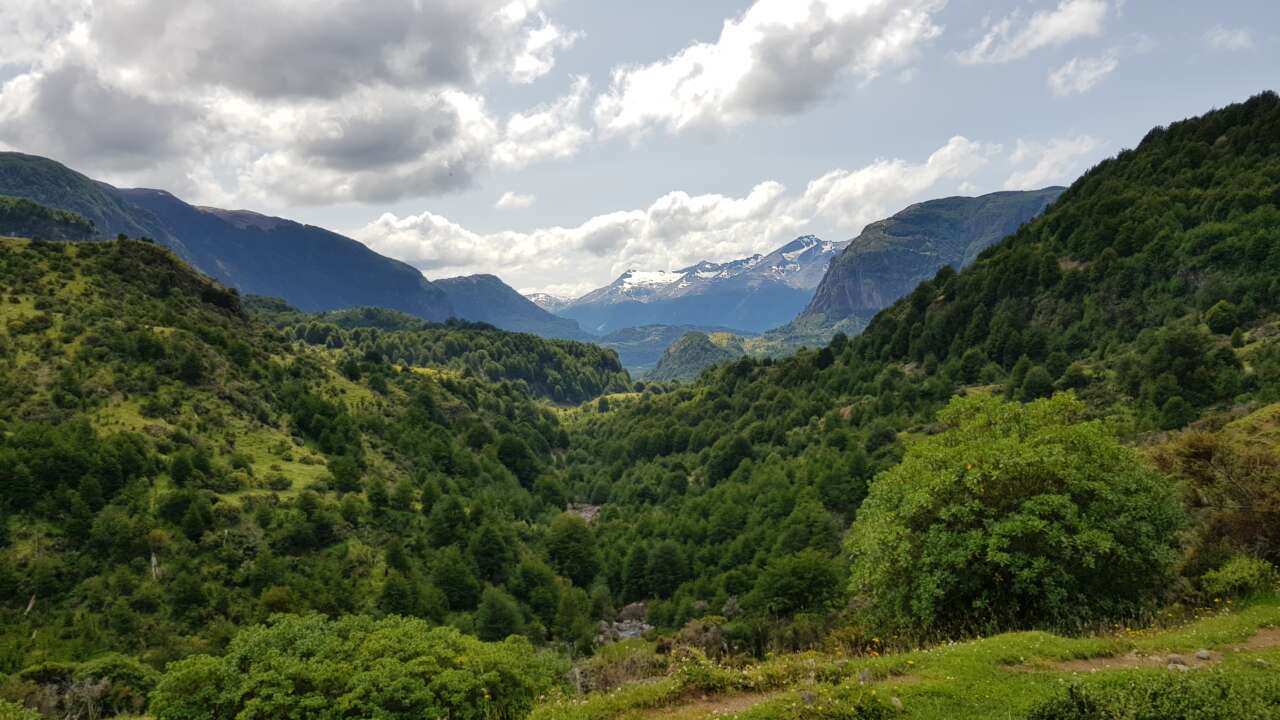


By César Guala Catalán, Director of the Austral Patagonia Program, Universidad Austral de Chile and Juan Carlos Miranda, Scholar at the Institute of Statistics, former Dean of the School of Economic and Administrative Sciences, Universidad Austral de Chile.
 The progress made by the Government with the creation of 16 protected areas adding 374,225 hectares to biodiversity conservation– is undoubtedly a milestone worth announcing in the Chilean state of the nation message, as was the case this past June 1. We acknowledge the figures and the great strides made on the issue, but we cannot forget that this is not just about adding protected hectares. We have to ensure that the existing areas operate properly. And on that matter, the country still faces huge challenges.
The progress made by the Government with the creation of 16 protected areas adding 374,225 hectares to biodiversity conservation– is undoubtedly a milestone worth announcing in the Chilean state of the nation message, as was the case this past June 1. We acknowledge the figures and the great strides made on the issue, but we cannot forget that this is not just about adding protected hectares. We have to ensure that the existing areas operate properly. And on that matter, the country still faces huge challenges.
A protected area operates properly when it is correctly managed. Otherwise, it is nothing more than a line on a map. Unfortunately, in Chile there are many lines: although 20.5% of the terrestrial surface and 42.3% of the territorial ocean and the Exclusive Economic Zone (EEZ) is under a protected area, we know for sure that many lack even basic resources to achieve optimal management facing their goals, namely: ecosystem and biodiversity conservation and the wellbeing of gateway communities and visitors.
A recent study conducted by the Austral Patagonia Program of Universidad Austral de Chile, along with researchers from the School of Economic and Administrative Sciences of the same university, and the National Forestry Service (Conaf), concluded that the existing budgetary gap to achieve a proper management of the National System of State-Protected Wilderness Areas (SNASPE) –specifically in 18 national parks taken as pilots– amounts to almost 17 billion Chilean pesos annually. Only by way of reference, it should be noted that this figure is similar to the amount earmarked annually to Conaf for the management of the entire SNASPE, composed by 106 protected areas.
In fact, by year 2023 the system collected 19 billion Chilean pesos (21% less than the prior year), most of which were allocated to salaries.
The rest was expected to be used for suitable equipment and infrastructure to face the spread of invasive species, livestock entrances, forest fires, and inadequate uses by visitors, among other pending hazards. In addition, it should suffice to develop management plans that establish a framework for actions allowed or banned within a protected area, and for monitoring strategies that assess the species conservation and threat control measures that are working or not. In addition and equally important, the budget should ensure the engagement, participation, coordination, and support of adjacent communities –also called gateway communities– in protected area management decisions; all of these actions are needed to make ecosystem conservation a shared challenge for everyone, hand in hand with the development and wellbeing of gateway communities.
This budget should cover this and much more, because managing a protected area is a huge and complex task, but indispensable to make the existence of the area meaningful. In that way, we can all have the chance to visit wonderful ecosystems and experience their wildlife, walk through their trails, enjoy breathtaking landscapes from viewpoints, and camp under magnificent trees.
If we really want to make things work facing this climate and biodiversity crisis, we must move the hectares under protection forward to a new protected area management setting, defined by international standards as those found in the Green List of the International Union for the Conservation of Nature (IUCN), which is already operative in Chile.
What is the outlook for 2024? Are we going to take one step forward and then three steps back? What will the protected area management budget look like after launching the new Biodiversity and Protected Areas Service (SBAP)?
Our expectations are for the Austral Patagonia Program study to help strengthen policymaking in dealing with existing gaps, thereby pushing towards the consolidation of a modern and exemplary protected area system. It would be encouraging that the next state of the nation message could evidence –with figures– that protected areas are not only growing but are also meeting their fundamental mandate: the conservation of ecosystems and the wellbeing of local dwellers.









